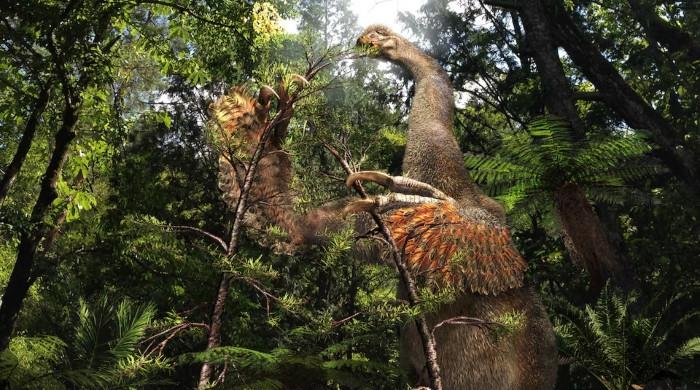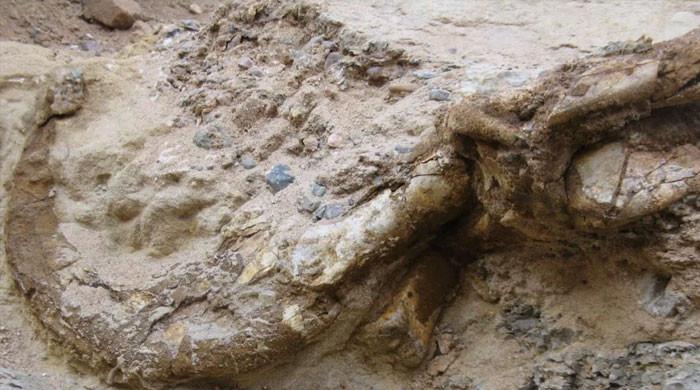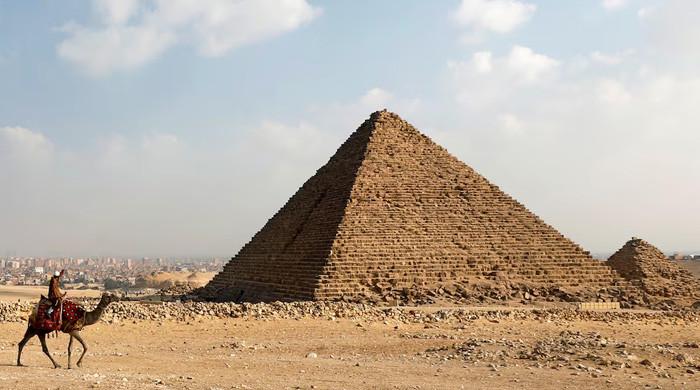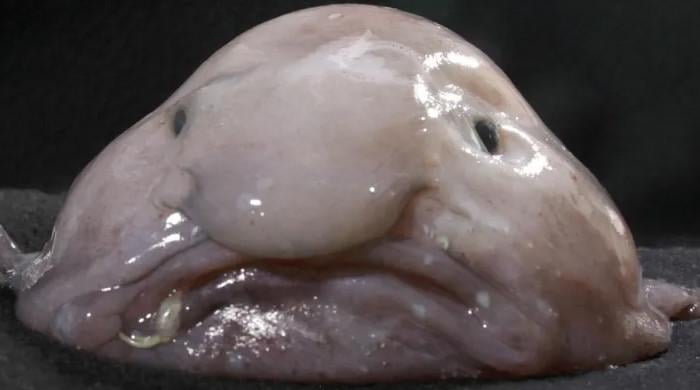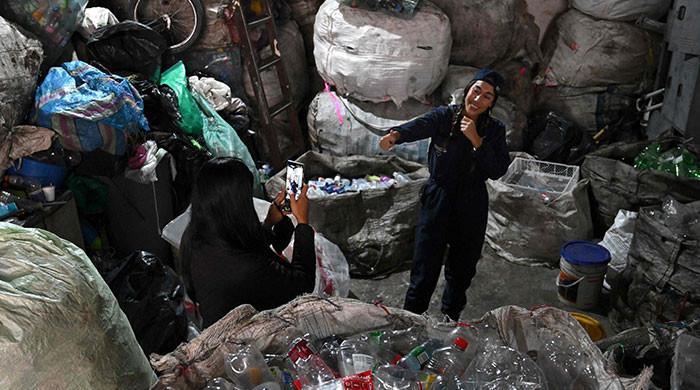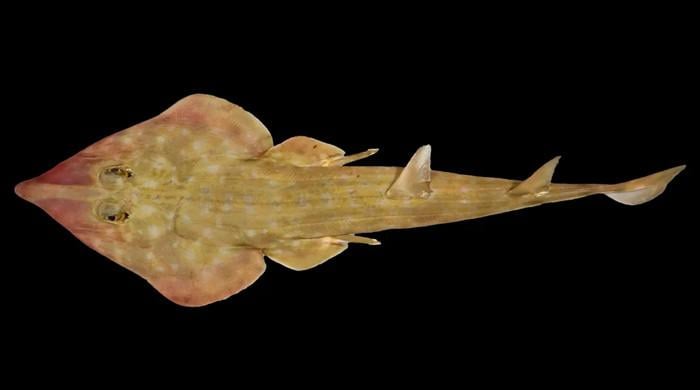Researchers discover 3,600-year-old cheese in Chinese tomb
"Kefir cheese" found draped across neck of mummy excavated in 2003 in Xiaohe Cemetery
September 28, 2024

A team of researchers has found a substance identified as "kefir cheese", 21 years later from a 3,600-year-old coffin opened in 2003 in the Xiaohe Cemetery in Xinjiang, China.
The cheese was draped across the neck of the mummified young woman excavated in 2003 and it seemed like a piece of jewellery but researchers have now determined that it is the oldest piece of cheese in the world, as per Sky News.
A paleogeneticist at the Chinese Academy of Sciences in Beijing, Qiaomei Fu, told NBC News, "Regular cheese is soft. This is not. It has now become really dry, dense and hard dust."
Fu further explained that when the coffin was exhumed, the body was perfectly preserved because of the dry climate of the Tarim Basin desert.
She also revealed that her team took samples from three tombs in the cemetery and studied the DNA to determine the evolution of cheese across thousands of years.
The “samples” were later identified as kefir cheese with evidence of goat and cow’s milk in the dairy product.
The research team wrote, "These 3,500-year-old kefir cheese samples are among the few dairy remains preserved more than 3,000 years and were produced by the Bronze Age Xiaohe population - a population that possesses mixed lifestyles and techniques.”
Moreover, Fu was asked by NBC News if the cheese was still edible and would she try it to which she replied “No way”.




